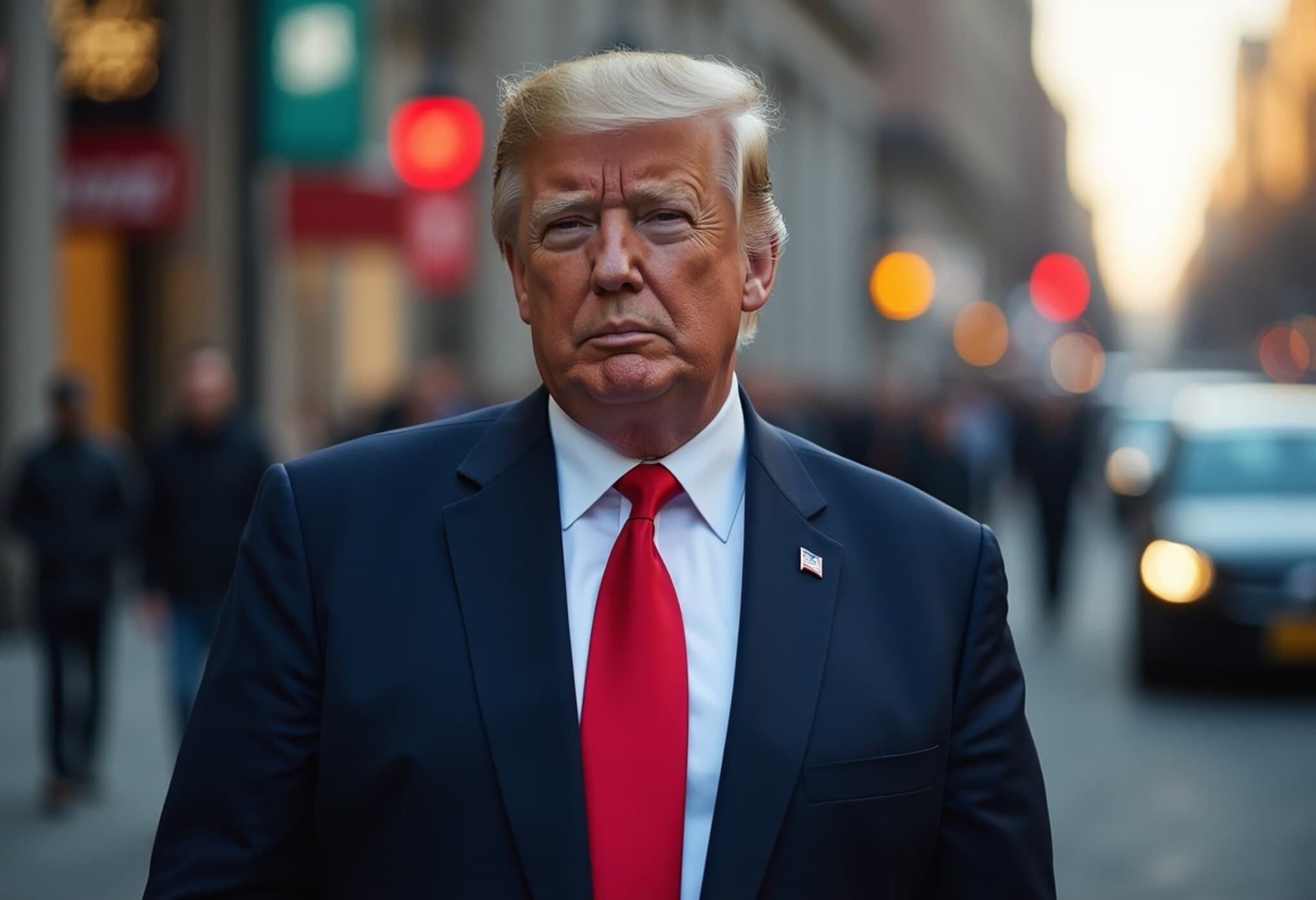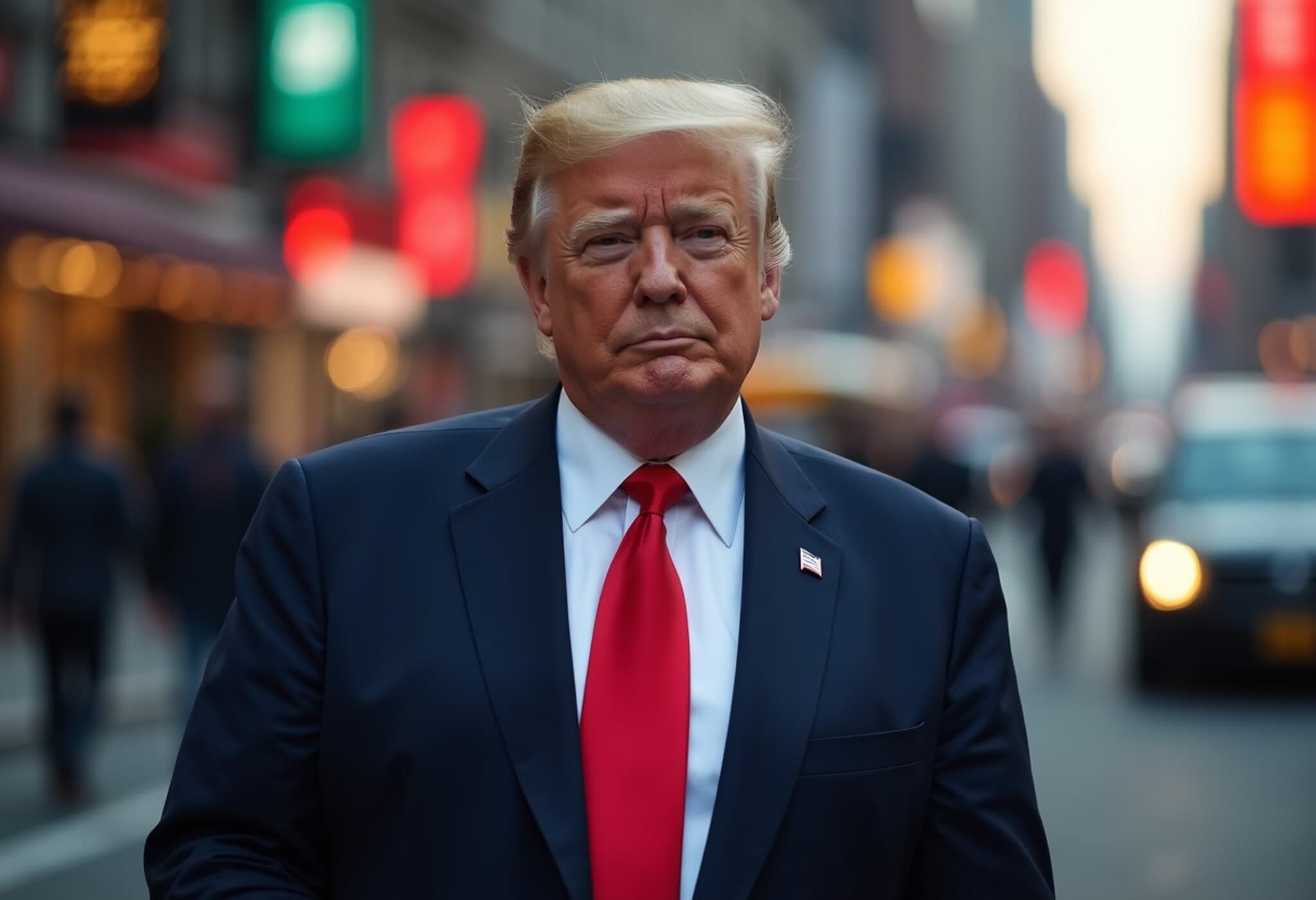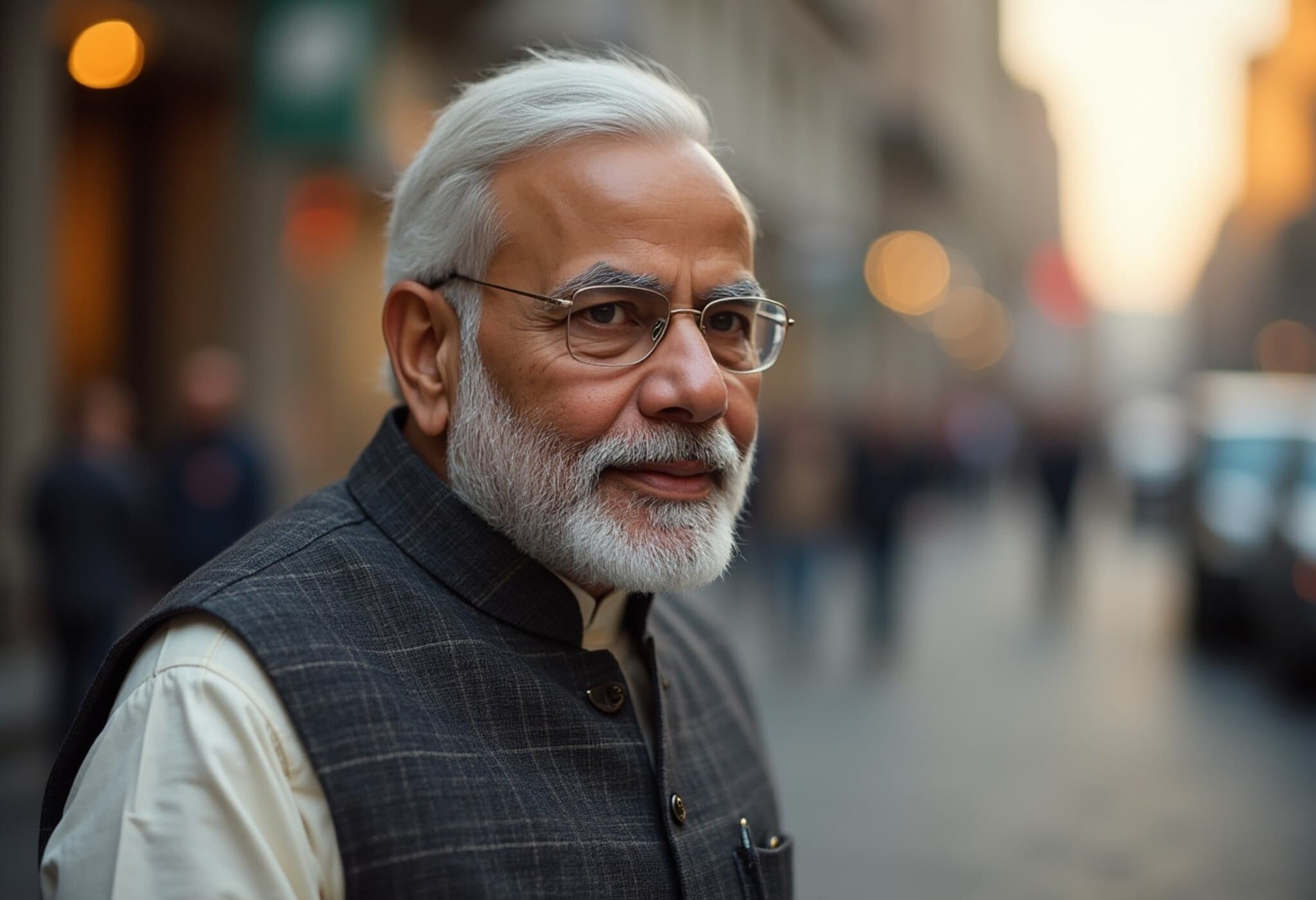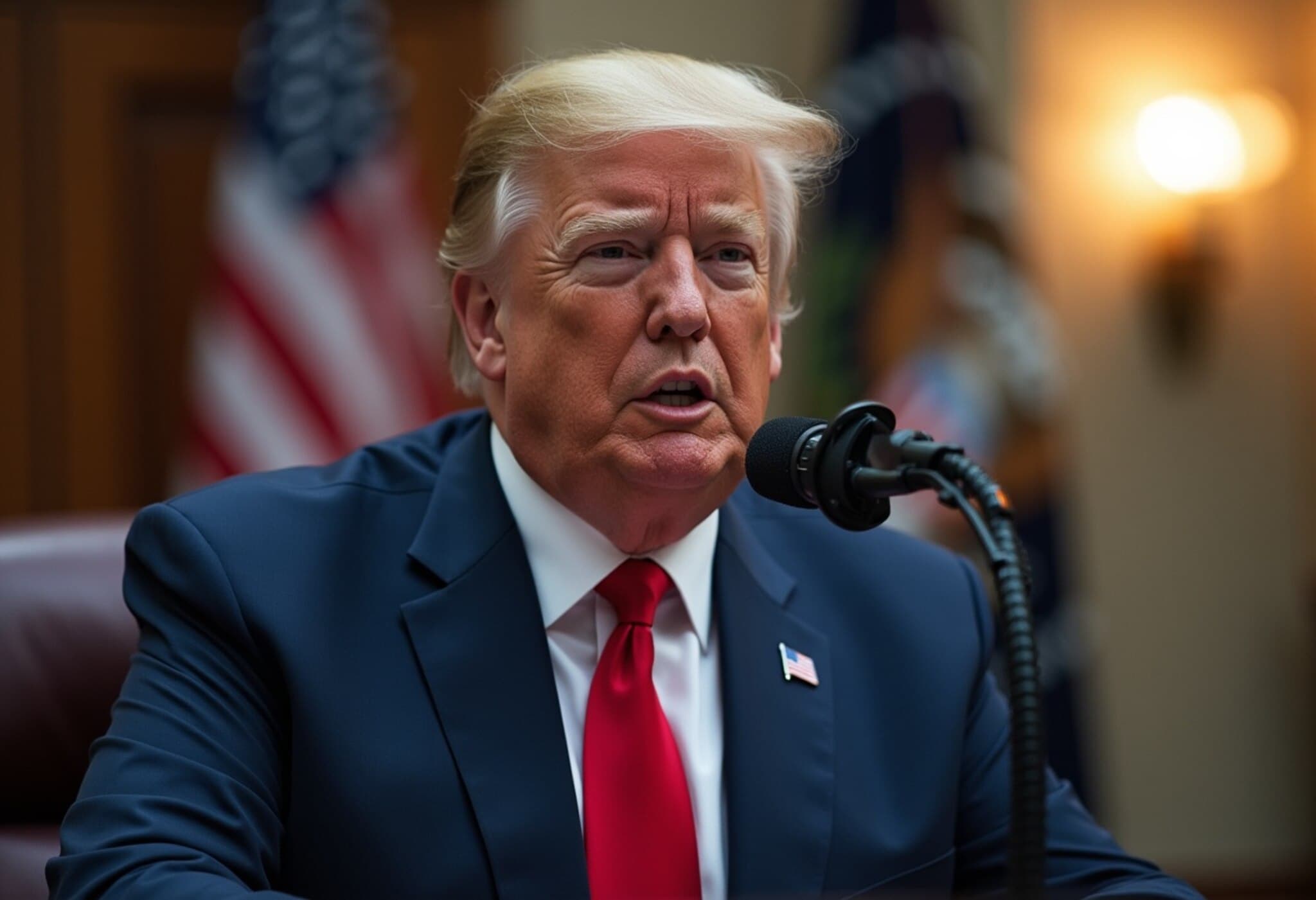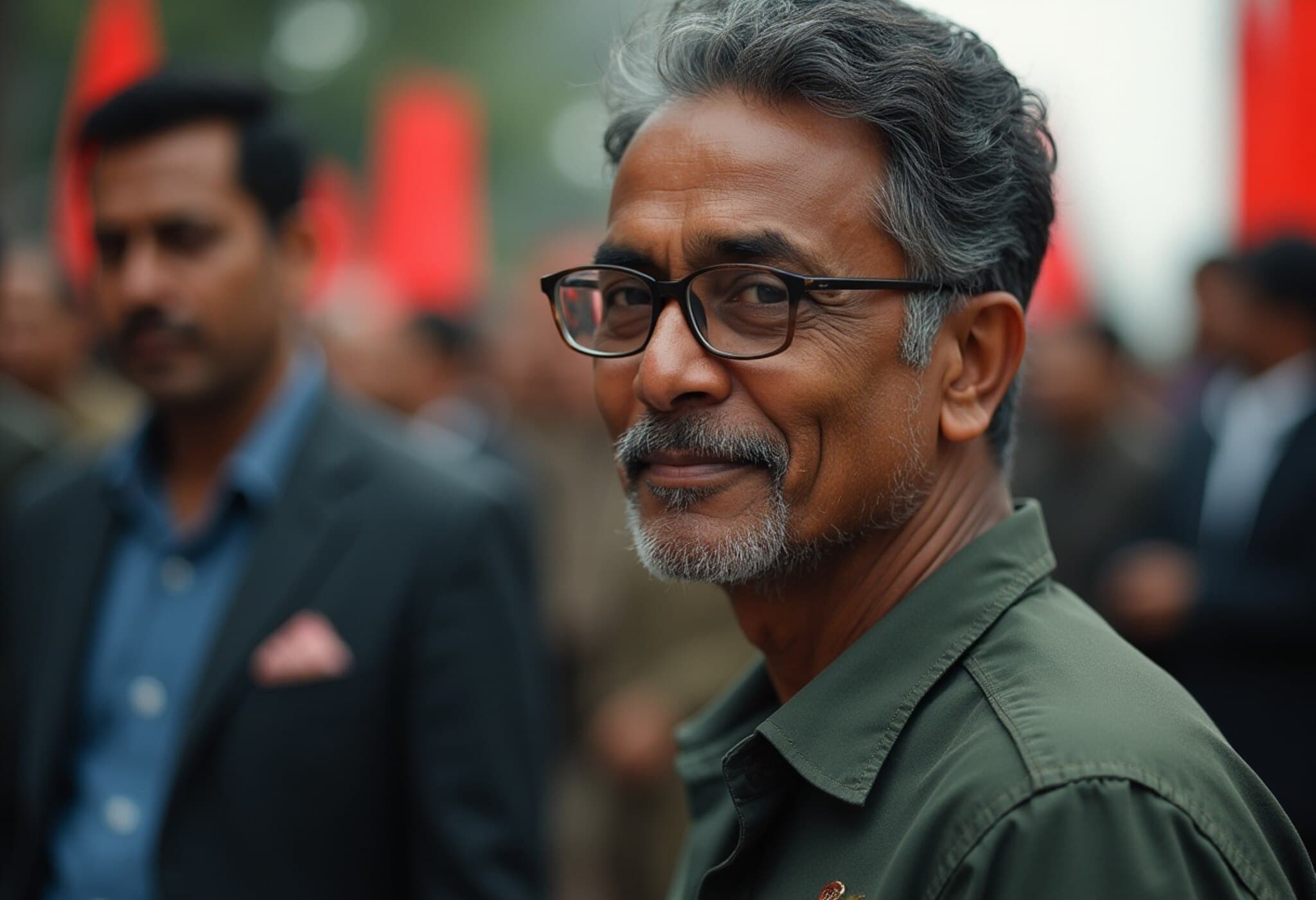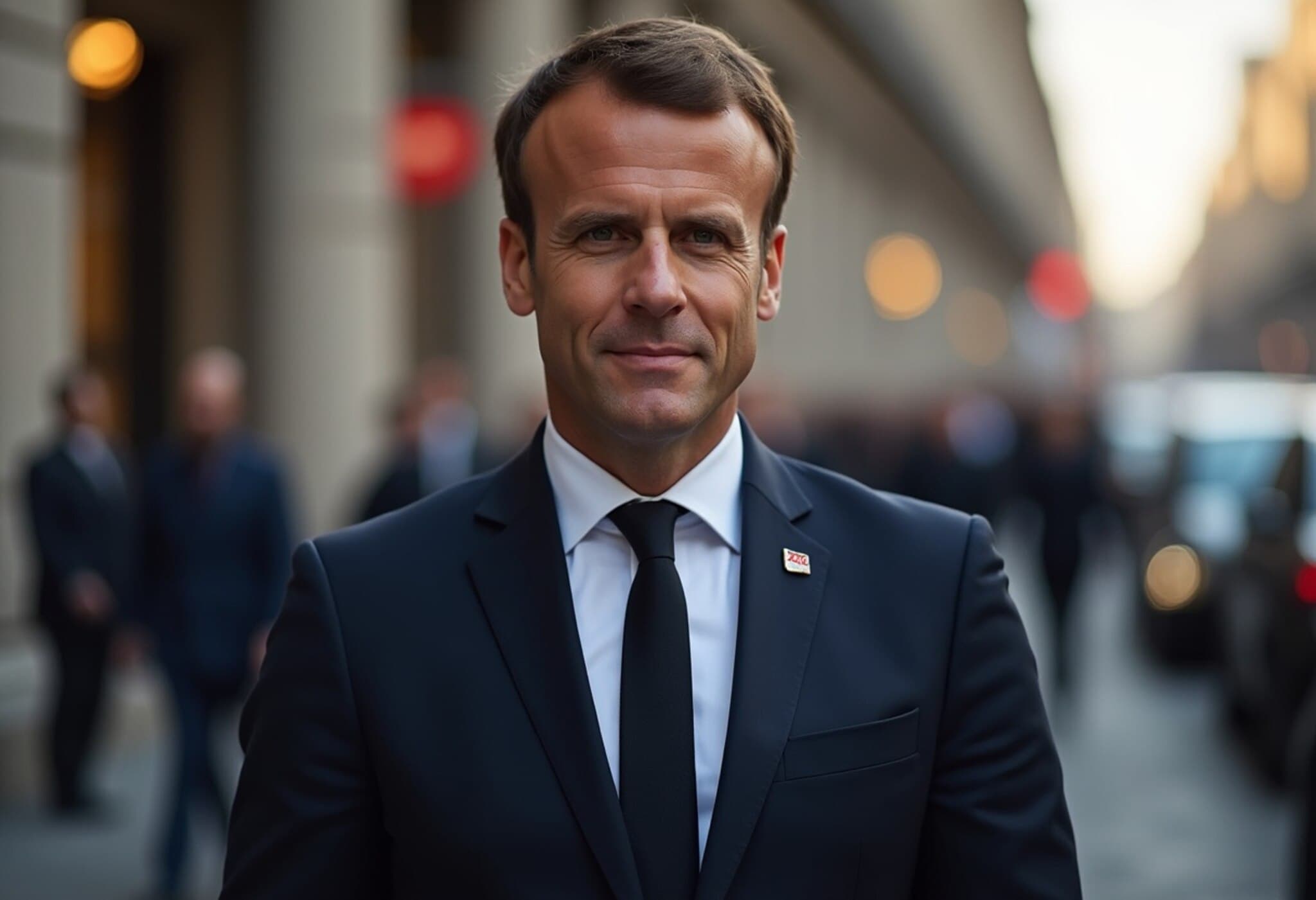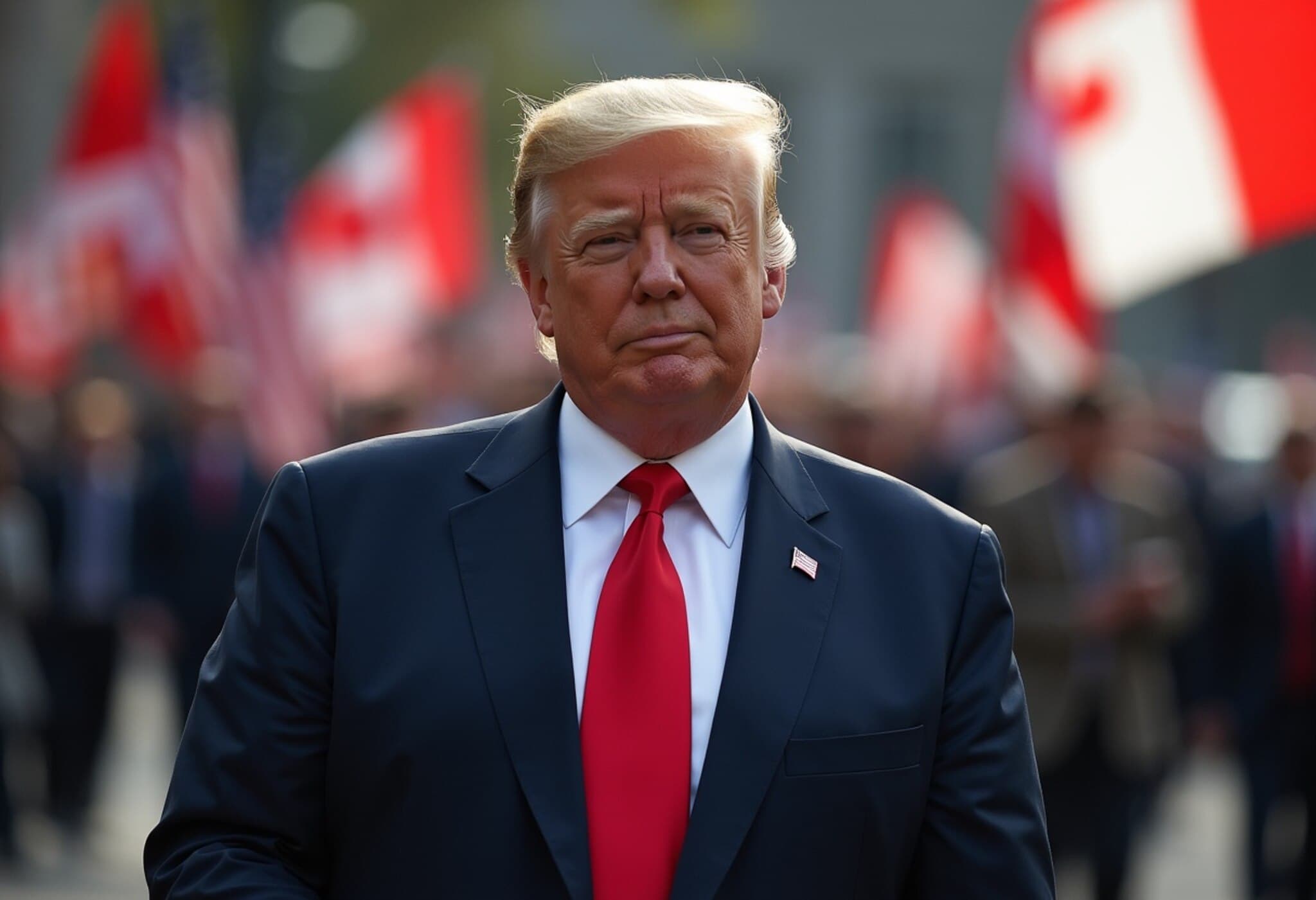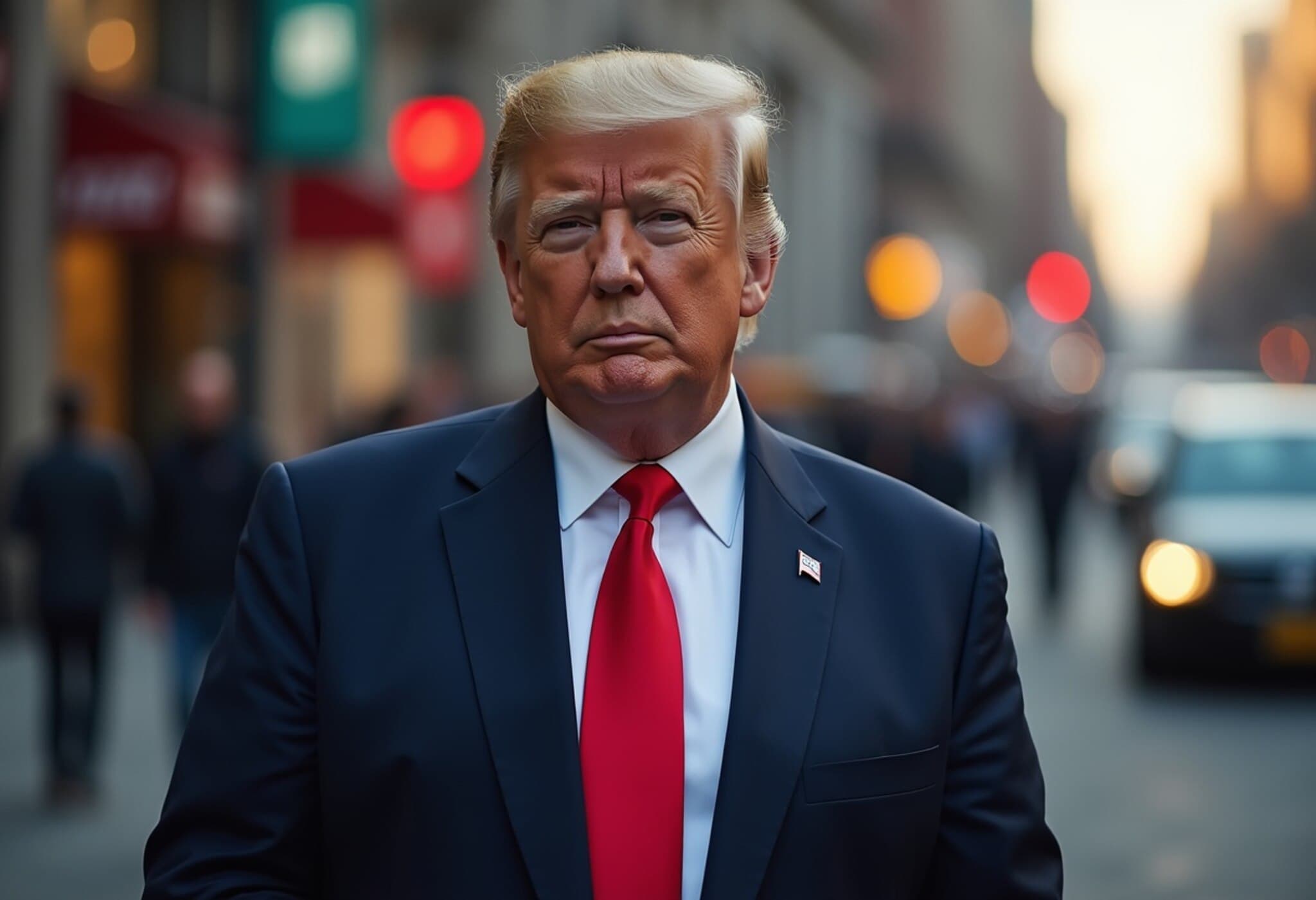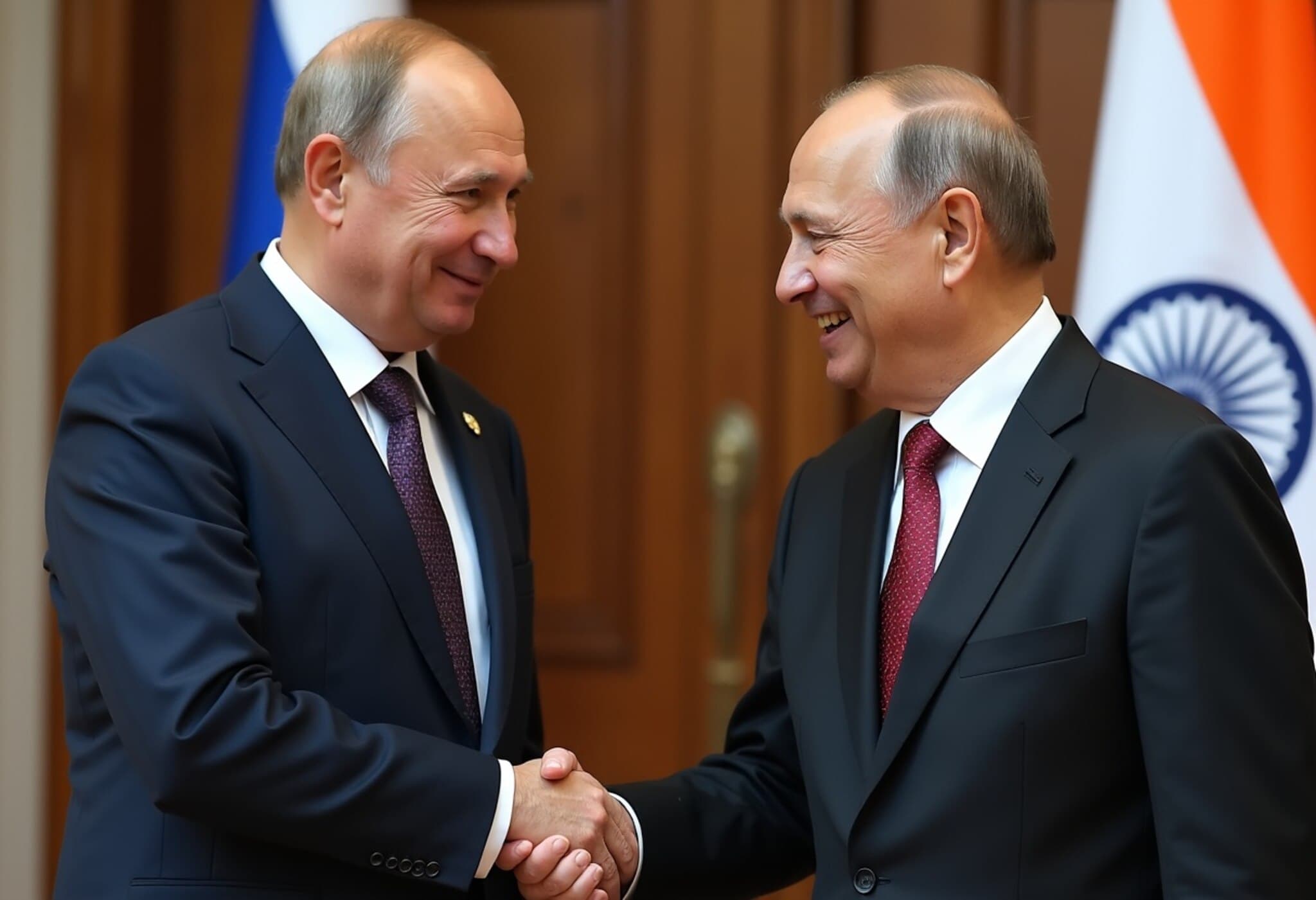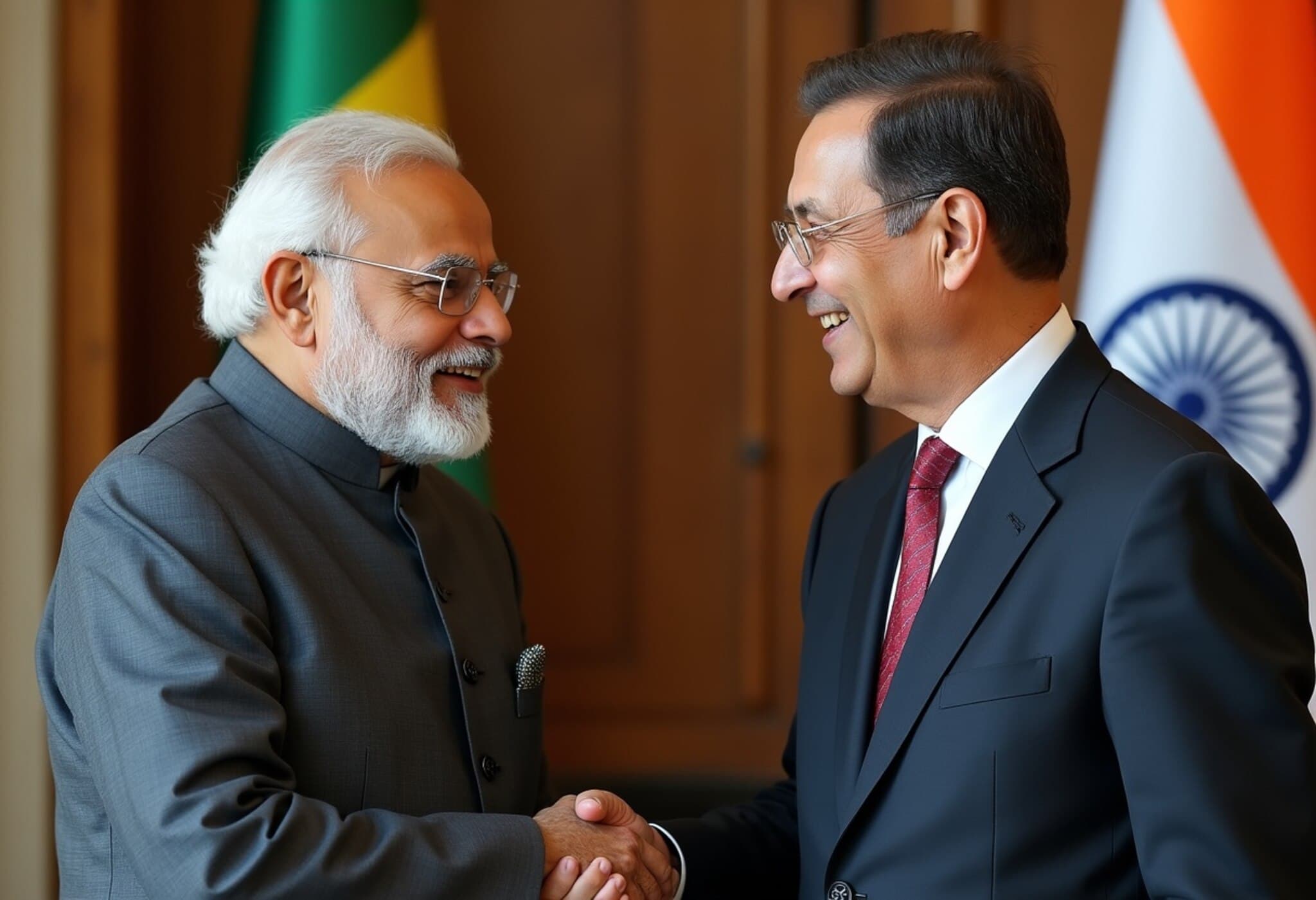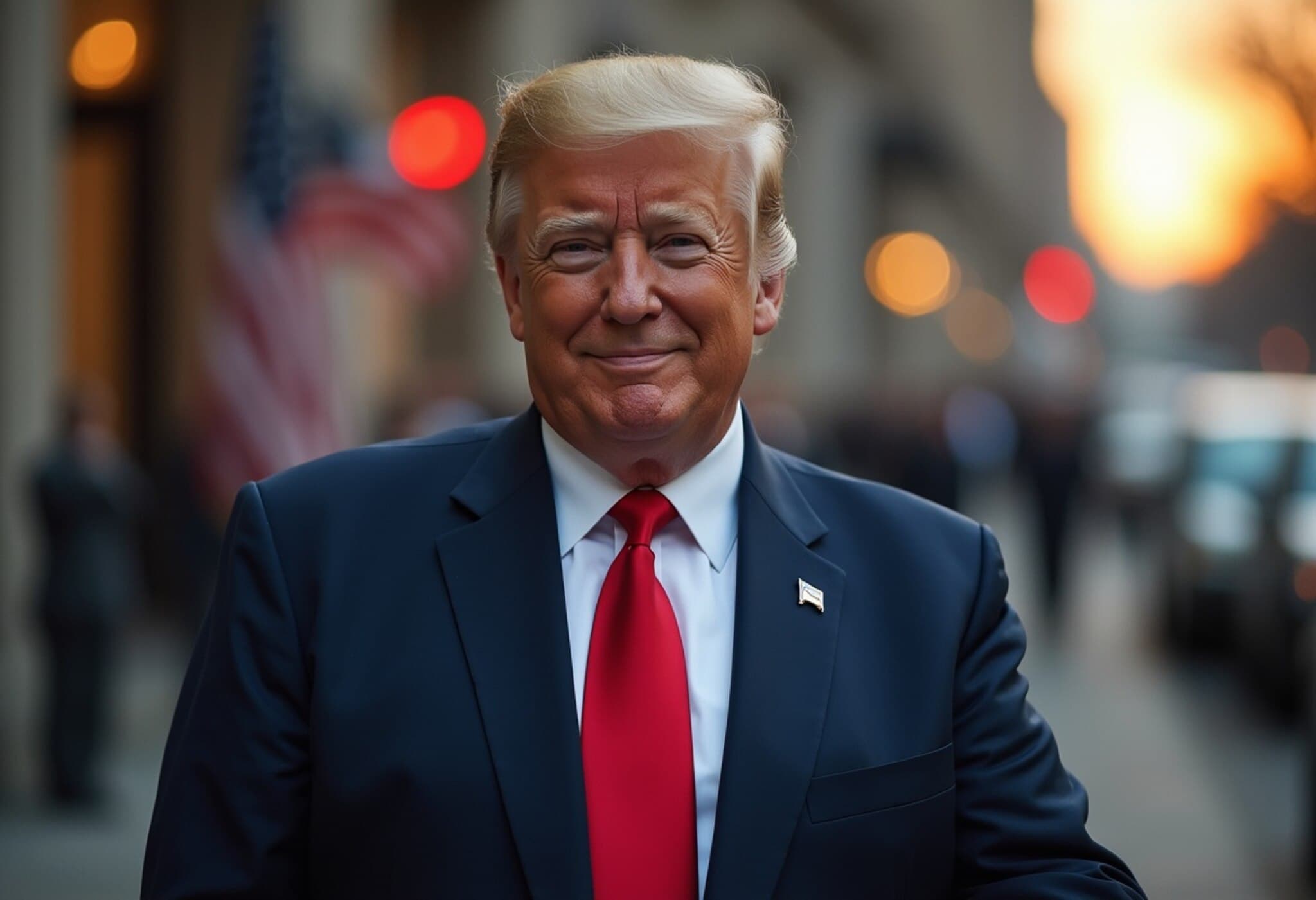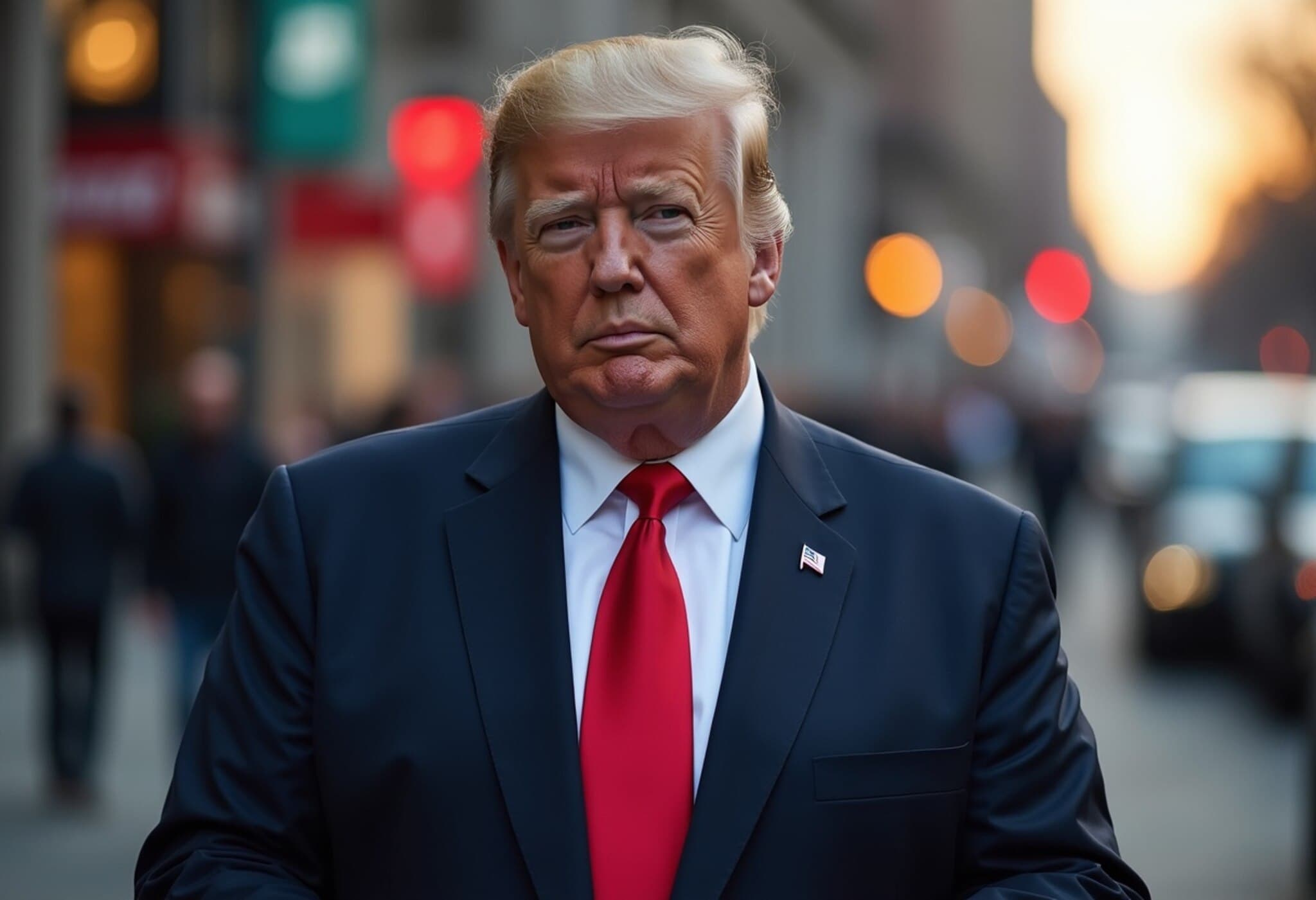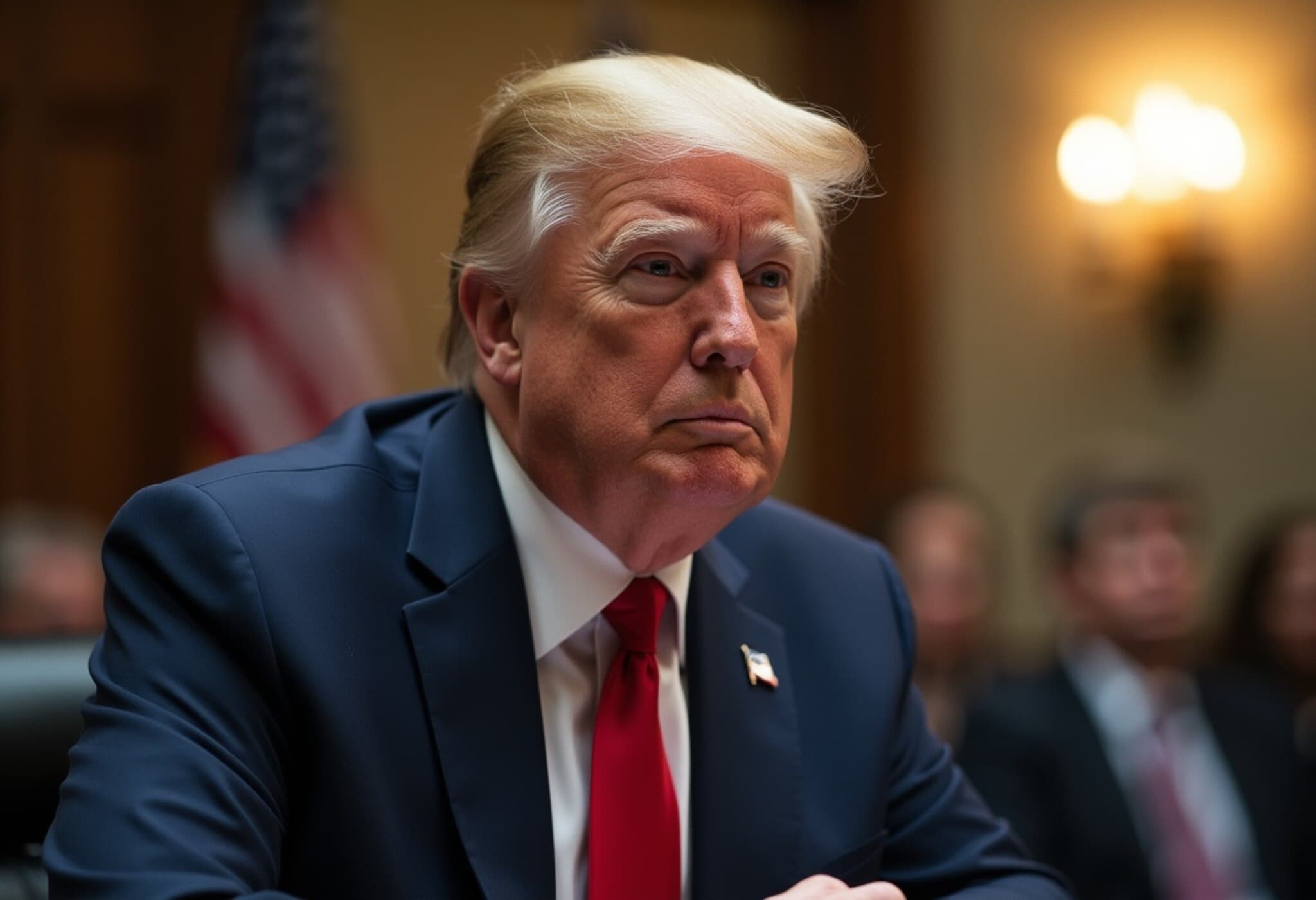India Strategizes to Mitigate US Tariffs with Export Diversification
As the United States moves forward with imposing a 25% tariff on goods originating from India, effective from August 27, the Indian government is vigorously responding by identifying nearly 50 new export markets to counterbalance the blow. The tariffs, announced under the Trump administration's trade policies and linked to India's import of Russian oil, represent some of the steepest duties imposed on New Delhi by Washington.
Details of the New Tariffs and Their Implementation
The U.S. Department of Homeland Security has issued a notice clarifying that the additional 25% duty will apply to all Indian-origin goods entering the U.S. customs territory for consumption or withdrawn from warehouses starting at 12:01 am EDT (9:31 am IST) on August 27. This move directly intensifies trade tensions amid a global shift towards protectionism, creating significant challenges for Indian exporters.
Government Response: Bolstering Export Resilience
In the face of these tariffs, an official from India’s Ministry of Commerce told Reuters that the government has tempered expectations regarding immediate relief or delays in tariff enforcement. Instead, authorities are implementing mechanisms to provide financial support to impacted exporters, aiming to cushion the short-term shocks to their businesses.
Furthermore, recognizing the urgency to reduce dependence on the U.S. market, Indian trade strategists are pushing exporters to diversify aggressively into promising markets across Asia, Latin America, the Middle East, and beyond. According to the official, almost 50 countries have been identified as target destinations for goods such as textiles, processed foods, leather products, and marine exports.
Prime Minister Modi’s Assurance Amid Economic Pressures
Prime Minister Narendra Modi, addressing a public rally in Ahmedabad’s Nikol area, assured citizens and the business community that India would not be cowed by external economic pressures. While refraining from explicitly naming the U.S., Modi noted a global trend towards economic self-interest and the politicization of trade.
He emphasized that the government’s focus remains steadfast on empowering small entrepreneurs, farmers, and livestock rearers, groups that form the backbone of India’s economy. Modi’s message was clear: “No matter how much pressure comes, we will keep increasing our strength to withstand it.”
Broader Implications and Expert Insights
This tariff escalation comes at a time when global supply chains are in flux, and emerging economies like India are key players in international trade. While tariffs typically aim to protect domestic industries—in this case, U.S. interests reacting to India’s Russian oil imports—the repercussions ripple through exporters, consumers, and the diplomatic landscape.
Economists warn that sustained tariffs can push exporters to reroute products towards alternative markets, but long-term reliance on such strategies needs robust trade agreements and infrastructure investments. India’s acknowledgment of nearly 50 new markets reflects a proactive approach but raises questions about scalability and the competitiveness of Indian goods on these alternative platforms.
- Could Indian exporters maintain profitability amid diverted trade pathways?
- What role will bilateral trade agreements play in easing the transition?
- How will this dynamic influence India's geopolitical relations, especially between the U.S., Russia, and China?
Policy Outlook
Trade analysts note that this moment may accelerate India’s push for deeper economic self-reliance, while also highlighting the need for diplomatic engagement to resolve tariff disputes. The Indian government’s dual strategy of offering export assistance while diversifying trade partners mirrors a resilient economy determined to withstand global economic headwinds.
Editor’s Note
As India navigates the complex terrain of international trade under intensified U.S. tariffs, the success of its pivot to new markets will be closely watched. This scenario underscores the challenges emerging economies face amid shifting global alliances and protectionist policies. It invites us to question: How sustainable are unilateral tariffs in an increasingly interconnected world, and what strategies best safeguard national economic interests without escalating trade conflicts?


